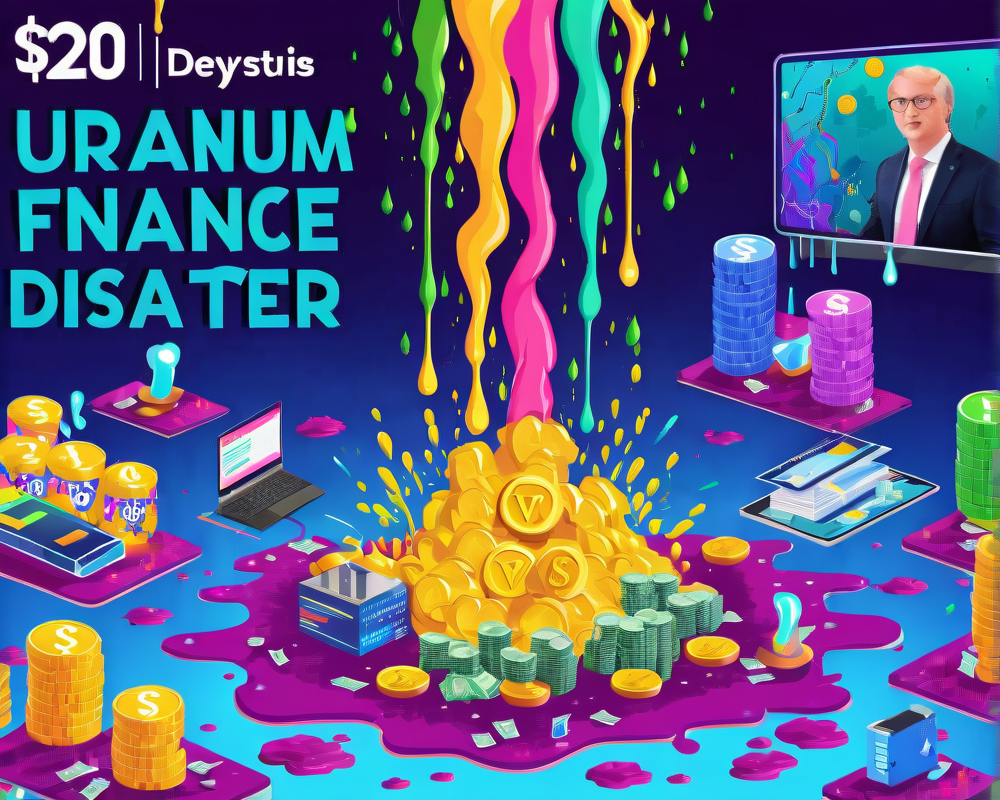Layer-2 Networks Surge Above $13B in Total Value Locked
As of November 10, Ethereum’s layer-2 (L2) networks celebrated a significant achievement by surpassing $13 billion in total value locked (TVL). This figure mirrors the growing fascination within the crypto community for these alternative solutions, despite ongoing challenges in user experience and security.
From Under $10B to a New Record
It’s been quite a rollercoaster since June 2021. Back then, an impressive 32 different layer 2 networks—such as Arbitrum One, Optimism, and Polygon zkEVM—struggled to reach a cumulative TVL of even $10 billion. Fast forward to October 31, where these networks collectively amassed nearly $12 billion, marking a significant upturn. The climb continued, as fewer and fewer people seemed interested in those high Ethereum gas fees that had become so infamous. It’s like watching someone win the lottery—until you realize it’s just another crypto enthusiast cashing in on L2 networks!.
Why Layer 2s Thrive in a Bear Market
Elena Sinelnikova, decentralization coordinator at Metis, shares a unique perspective on the unexpected success of L2s during tough market conditions. She claims that the trauma of excessive gas fees during the bullish waves has left a lasting impact on users. As she puts it:
“At the time of [the] bull market, Ethereum at peak times was very nonscaleable, leading to slow transactions and exorbitant fees.”
Forget paying a toll on the highway; Ethereum was charging a luxury tax! The newfound focus on layer 2 solutions not only caters to these traumatized users but also serves as bait for decentralized finance (DeFi) investors hunting for high yields.
Wrangling User Experience & Security Concerns
Don’t pop the confetti just yet! Layer 2 networks still grapple with various user experience challenges. For instance, optimistic rollup networks take a whole week to process withdrawals. Talk about a slow fare! In contrast, zero-knowledge (ZK) proof networks are instant, yet they often crash more than the average reality show contestant. The Metis team aims to create a hybrid model that fuses the benefits of both approaches, allowing users to choose a withdrawal method that suits their immediate needs.
Centralization vs. Decentralization: The New Conundrum
Vigilance is required when diving deep into the layer 2 pool. Kelsey McGuire from Shardeum highlights an essential issue: centralization. While these solutions enhance scalability, they also introduce concerns around trust and censorship, taking a subtle jab at the core tenets of decentralization that crypto enthusiasts hold dear. As she emphasizes:
“Centralized sequencer nodes raise concerns about potential censorship or government interference.”
It’s a friendly reminder that with great power (and scaling solutions) comes great responsibility—just don’t ask Uncle Sam for permission!
The Rise of Layer 2s: A Never-Ending Saga
If you thought it ended there, think again! The layer 2 ecosystem continues to expand, with recent announcements from platforms looking to build their own layer-2 solutions. Rumors swirl around exchanges, like OKX and possibly even Kraken, getting in on the action. It’s almost like a turf war in the neighborhood of scalability!




